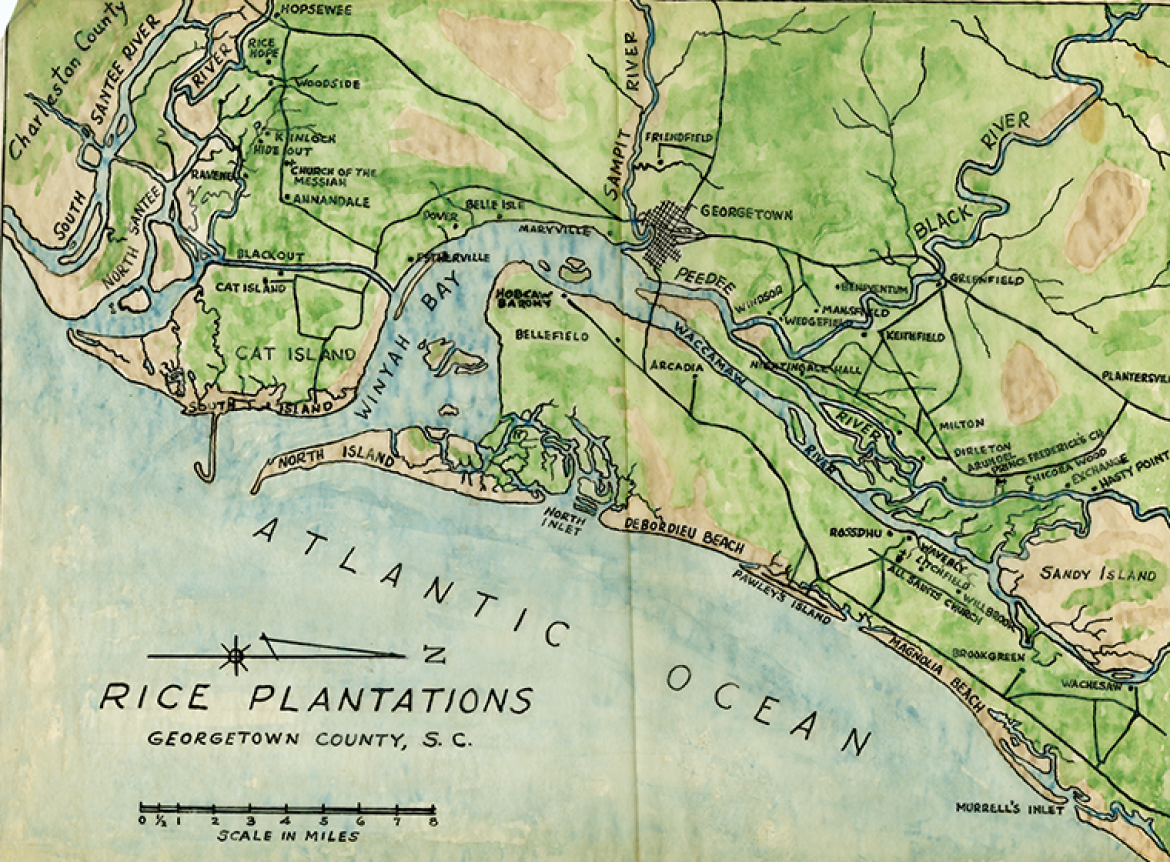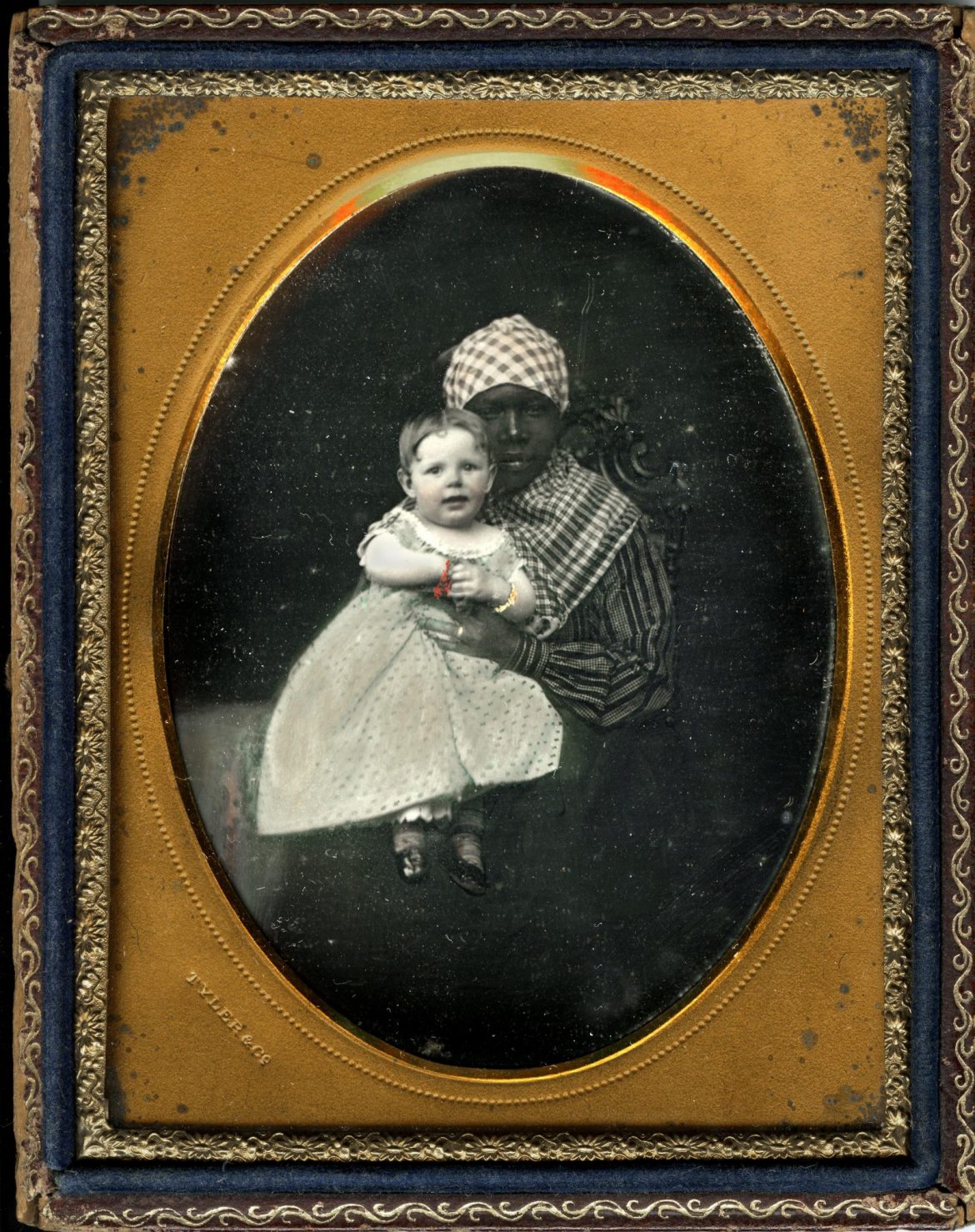Phone: (843) 723-3225
Museum: 100 Meeting St.
Archives: 205 Calhoun St.
Building a State and Nation
In this gallery, visitors learn about the American Revolution and antebellum life throughout the state, including the rise of slavery, the development of urban and rural economies, and migration to the upcountry. A digital map table allows visitors a hands-on opportunity to explore South Carolina in the late eighteenth century. Other items of interest include a letter from George Washington to William Moultrie and a reproduction of Charleston’s slave auction flag.

